by Chez Oxendine for HubSpot
Native entrepreneurship often occupies two worlds. Aspiring Indigenous business owners navigate historic barriers to traditional financing and growth — while building culturally informed, sustainable ventures.
This challenging climate hasn’t stopped these entrepreneurs from entering nearly every industry imaginable to make an Indigenous imprint on the world while supporting themselves and their communities.
Some Native business owners build on cultural touchstones like tribal art and stories to launch design studios and art shops. Others address long-time systemic hurdles to credit by stepping into the financial sector, bringing an Indigenous perspective to the issue that often proves crucial in addressing it. Still, others make waves in industries where Native participation registers just a fraction of a percentage point, such as in engineering and architectural design.
Inspiring Indigenous and Native Entrepreneurs to Know
By examining the stories and advice of these powerful voices in Indian Country business, we can light a path for even more Indigenous entrepreneurs to follow after — and continue an ever-improving cycle of breaking free of poverty and systemic discrimination. Let’s dive into these incredible leaders’ stories.
Chad Johnson (Cherokee,) The Akana Group
Agriculture is a staple business for many Native Americans, whose families have farmed reservation lands for generations. However, equipment typically proves a major hurdle even when working private lands, especially when Native farmers struggle to secure startup or business capital, according to a U.S. Treasury’s Community Development Financial Institutions Fund report.
Enter Chad Johnson’s Akana Group, which partners with equipment dealers like John Deere to foster relationships with tribal producers. Akana often secures discounts, delivery, and maintenance for Indigenous purchasers to help producers fully use their land.
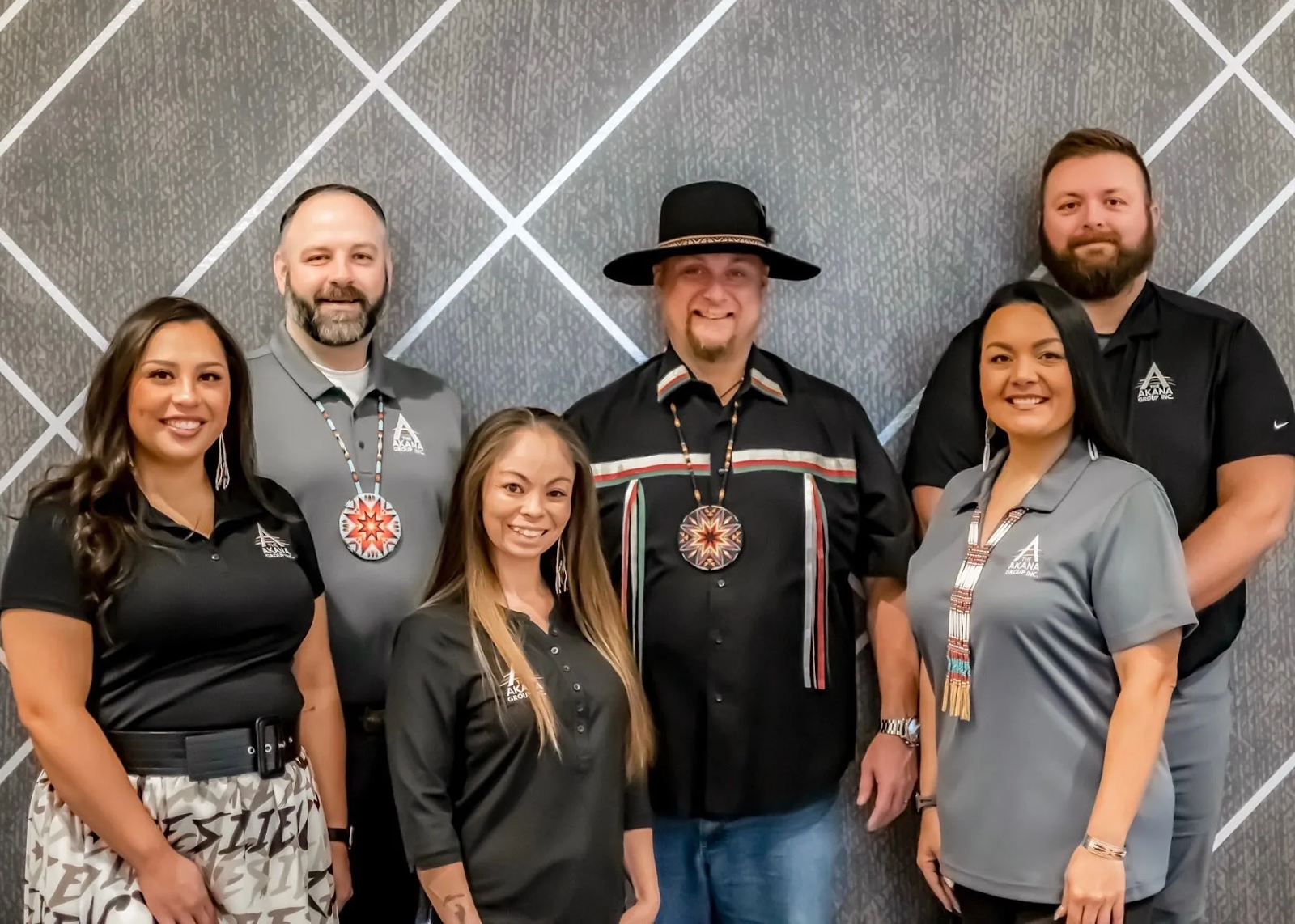
“It’s empowering for Native farmers to have more opportunities around their land usage,” Johnson says. “It’s about providing them what they need for a long-term growth strategy.”
While the Akana Group has since gone national, Johnson’s aspirations don’t stop at U.S. borders. His background drives him to establish partnerships with other Indigenous people across the globe.
“As Native businesses, with these new opportunities in front of us, we have to really consider: What are we looking to do? How are we looking to grow?” Johnson says. “We have to have the more complicated conversations of how we can really work together.”
Johnson recently served as a delegate for the First Nations Trade Mission, which saw a group of Native business figures visit Australia to discuss trade, partnerships, and education with Indigenous communities there.
The First Nations Trade Mission builds on the Native tradition of bartering and partnering to achieve better things for all parties involved, Johnson says.
“Trade is in our blood. Indigenous people have been traders since the beginning,” Johnson says. “This mission only reinforces that.”
Sheila Cummings (Lumbee,) Cummings Aerospace
Cummings Aerospace founder, CEO and president Sheila Cummings has plans in Australia, too. The Lumbee citizen recently announced a partnership to develop defense solutions alongside Australian company Criterion Solutions.
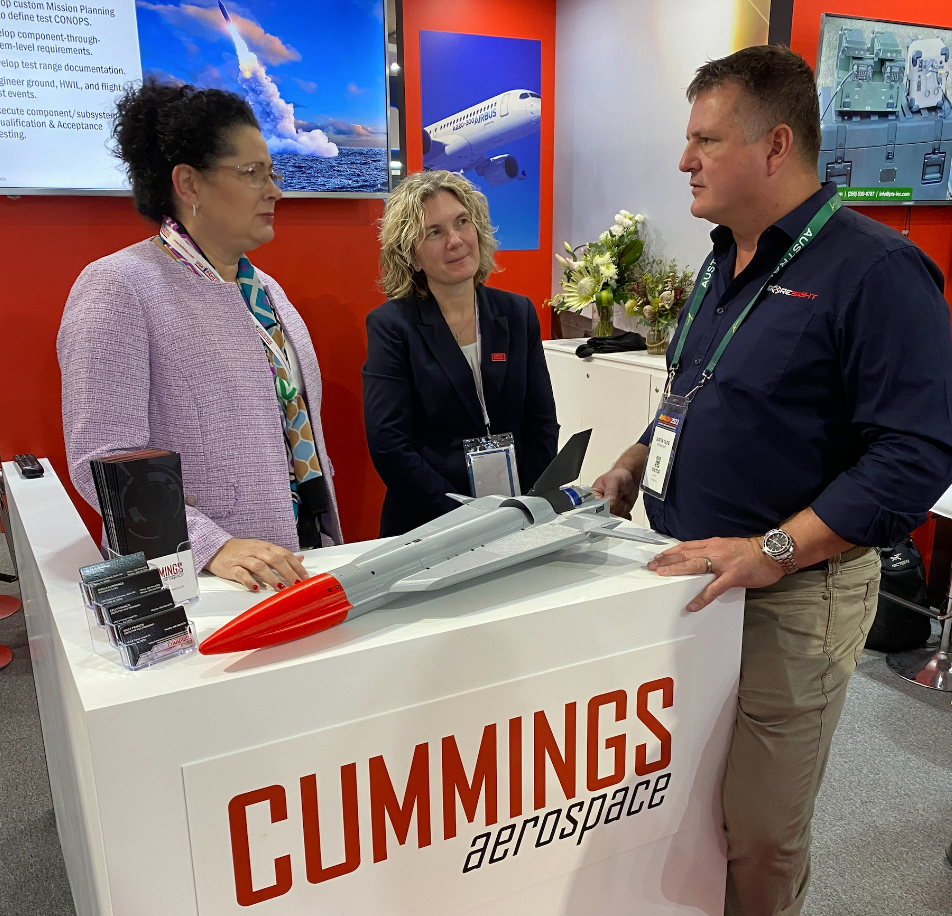
That’s everyday work for Cummings herself, who took an intense interest in science and technology in her teenage years, she says. Despite a lack of available science classes in her early education and precious little existing Native representation in the aerospace industry, Cummings fought hard to achieve her goal: making objects fly.
“I encountered many teachers and advisers who were not very supportive,” Cummings says. “I wanted to succeed so that, if nothing else, I could prove them wrong.”
That defiant spark gave way to a desire to open her own small business after Cummings landed in Huntsville, Alabama, where she found a supportive community to build upon. Cummings says support made her feel comfortable taking a risk in launching Cummings Aerospace in 2009.
It was a break into an industry where Native Americans made up just 0.3 percent of employees and owners, according to data from the National Action Council on Minorities in Engineering. Cummings says the obstacles to her ascent only made her strive harder.
“I use them to fuel my passion,” Cummings says. “We all encounter challenges, no matter what your career or journey is. There’s always challenges. It’s best to utilize those obstacles to improve as a person, as a leader, and as a business owner.”
Valerie Red-Horse Mohl (Cherokee,) Known Holdings
Long-time financier Valerie Red-Horse Mohl understands those challenges well, leading her to enter the financial sector and found the first Native-owned investment bank on Wall Street in 1998. Since then, Red-Horse Mohl has helped find capital and support for Native entrepreneurs, culminating in the founding of combination investment fund, asset management firm, and institutional knowledge center Known Holdings in late 2022.
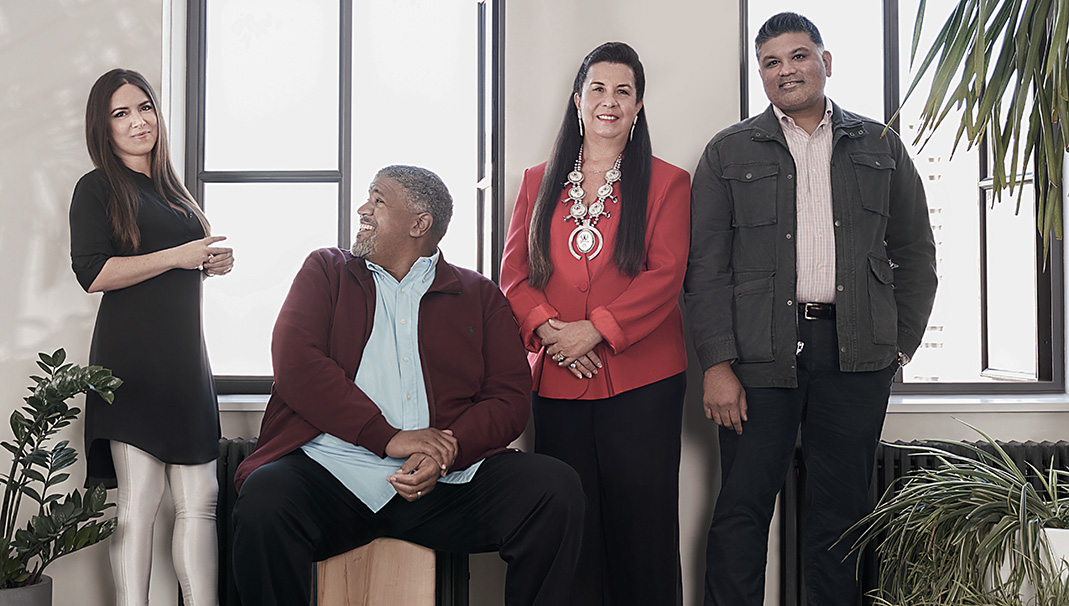
Red-Horse Mohl says Known Holdings aims to mend disparities in racial wealth by providing business and financial management support for owners and executives, emphasizing supporting entrepreneurs of color.
“It’s about supporting these businesses as they grow,” Red-Horse Mohl says. “When you think about Native founders and entrepreneurs, they deal with this cliff that they fall off of when they make it past the small business stage – they don’t have that same support in getting to the ‘endgame’ where they go public or are acquired.”
Bridging that gap has become a “passion” for the Cherokee citizen, who sees the support as a way to break free of a cycle of poverty afflicting BIPOC communities.
“I moved into the philanthropy space to try to identify more sustainable solutions I would bring back to my community,” Red-Horse Mohl says. “To me, it’s a culmination of all my work, all my years, and I’m thankful God saw fit to put me in the paths of my other founders at Known Holdings.”
Connor Alexander (Cherokee,) Coyote and Crow
Native perspectives in fantasy frequently find themselves employed on behalf of the villains – savage orcs roam in tribes, or mystic druids maintain an exaggerated relationship with their environment. Moreover, the exploding tabletop roleplaying game industry often employs colonialist frameworks for their basic gameplay, leaning on Eurocentric tropes and ideals to create their stories.
Game designer Connor Alexander wants to explore new horizons for Indigenous stories, rather than retreading old stereotypes and frameworks. To that end, he and his team created Coyote and Crow, a tabletop roleplaying game that imagines what Native America might look like if contact with Europe never occurred (along with a dose of magic.)
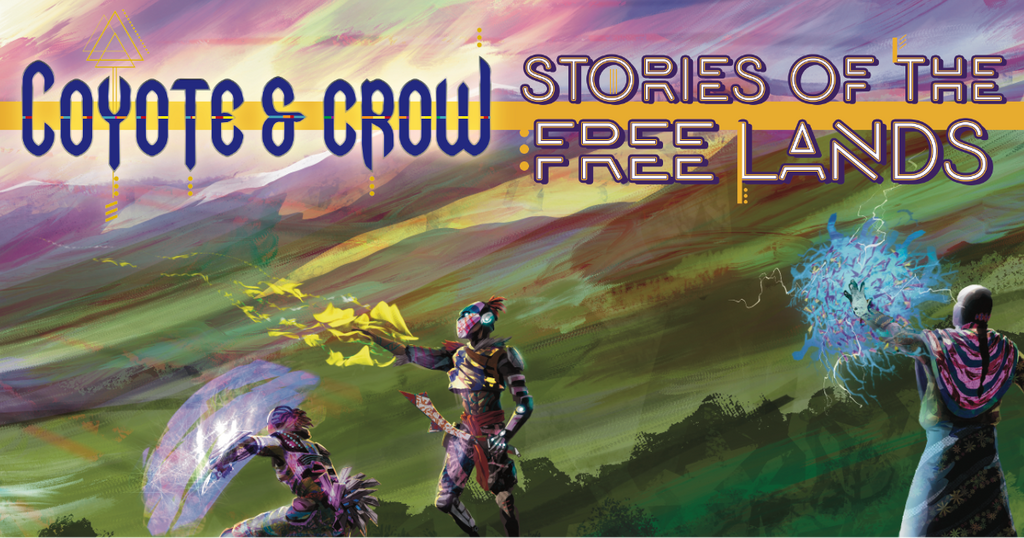
Coyote and Crow created a splash with an immensely popular, million-dollar Kickstarter campaign, paving the way for Alexander and his team to expand the game with more books, adventures, mini-games, and accessories. The game even features its own fictional language and an evolving encyclopedia.
“We knew we were tapping into something unusual before we launched – but it really threw us to find out how many people the game spoke to,” Alexander says. “The enthusiasm is just overwhelming.”
The game is Alexander’s take on Native optimism, and a push into telling Native stories from a Native perspective, rather than relying on consultants or researchers to provide a more distant position.
Gaming is an overwhelmingly white industry, Alexander explains – which makes pulling together appropriate support and representation for Indigenous people a crucial step toward improving things.
“I think we’ve all gotten so used to representational table scraps from mass media that when something different comes along, it feels really fresh and vital,” Alexander says. “My hope is that Coyote and Crow is part of a larger moment, a media rebirth.”
Elizabeth Perez (North Fork Rancheria Mono Indians,) GC Green
Elizabeth Perez is the award-winning founder of GC Green, a clean energy consultation and general contracting company. That’s multiple awards: Minority Veteran Owned Firm of the Year through the National Minority Supplier Development Council, a Champion of Climate Change and Clean Energy Veteran award from then-president Barack Obama, and recognition from her own tribe.
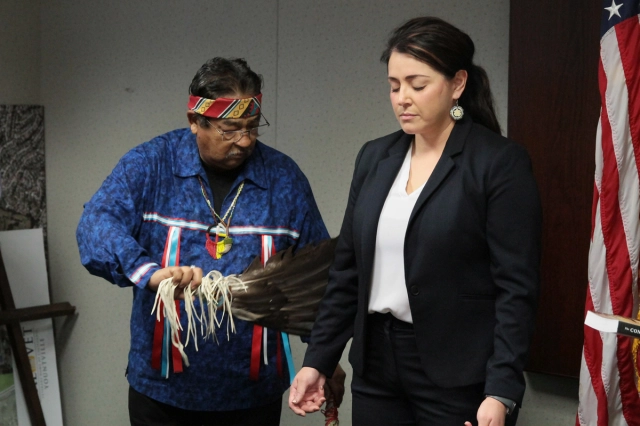
For Perez, it’s that last award from her tribe that means the most to her. Perez’ tribe, the North Fork Rancheria Mono Indians in California, have faced wildfire disasters in recent years, including one that claimed 28 homes.
“One thing about a lot of tribes is that we’re front and center when it comes to climate,” Perez says. “We must be. We’re dealing with the consequences.”
Perez describes GC Green, and her climate change work, as “going to the doctor” by designing healthier, more energy-efficient buildings putting less strain on their surrounding environment. The company also consults with California utility programs on energy efficiency, assists local businesses in applying for climate resilience incentives, and helps tribes build and maintain microgrids.
The goal, Perez says, is to bring tribes together in promoting energy resilience and tribal sovereignty over their energy use. She hopes to organize a meeting between tribes in California’s Central Valley, to bring leadership under one roof to cooperate on building environmentally efficient solutions.
Tribes must take the lead, Perez says, and that includes business owners like herself, helping to combine climate resilience and economic opportunities.
“We’ve got to get to our cultural ways to fight climate change and get ahead of it. We can provide power for our own, which creates economic stability for people,” Perez says. “I believe in seeing a challenge — even like these wildfires — and turning it into an opportunity. I’m trying to do that now.”
